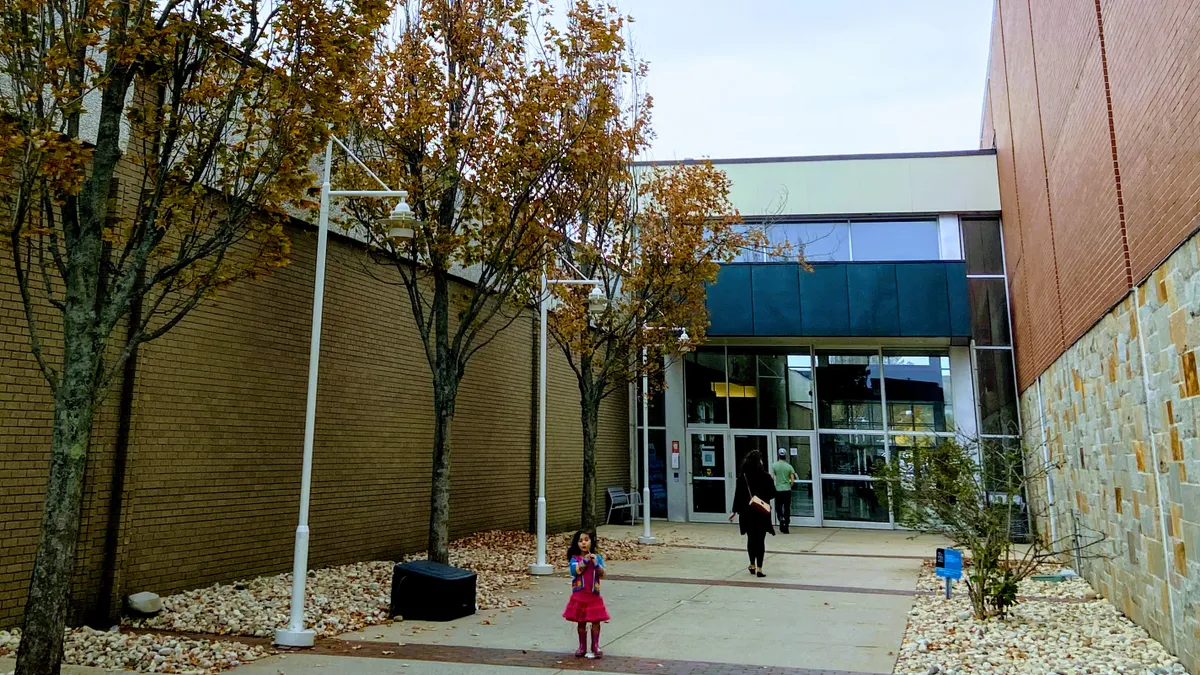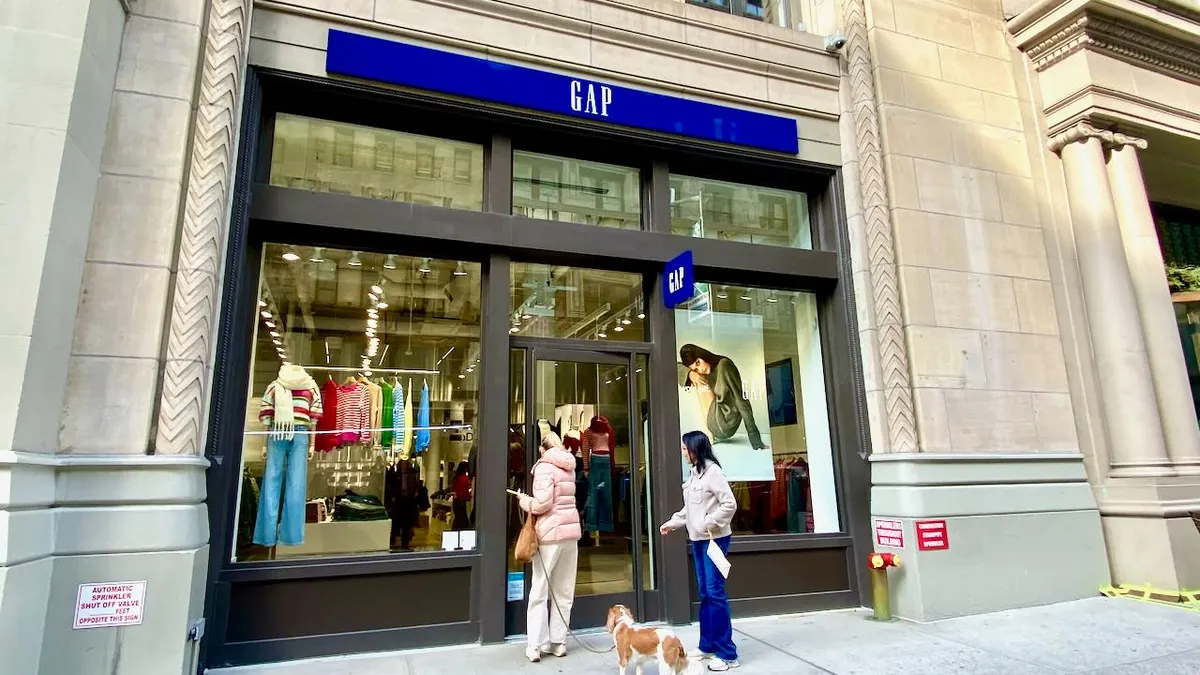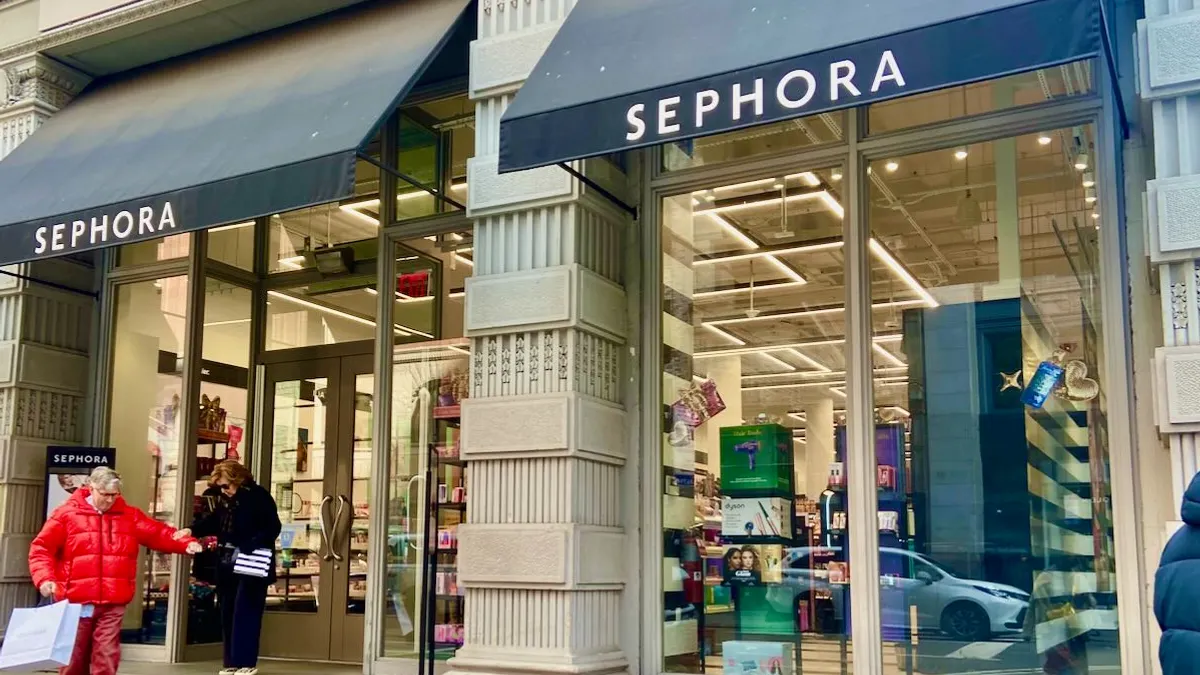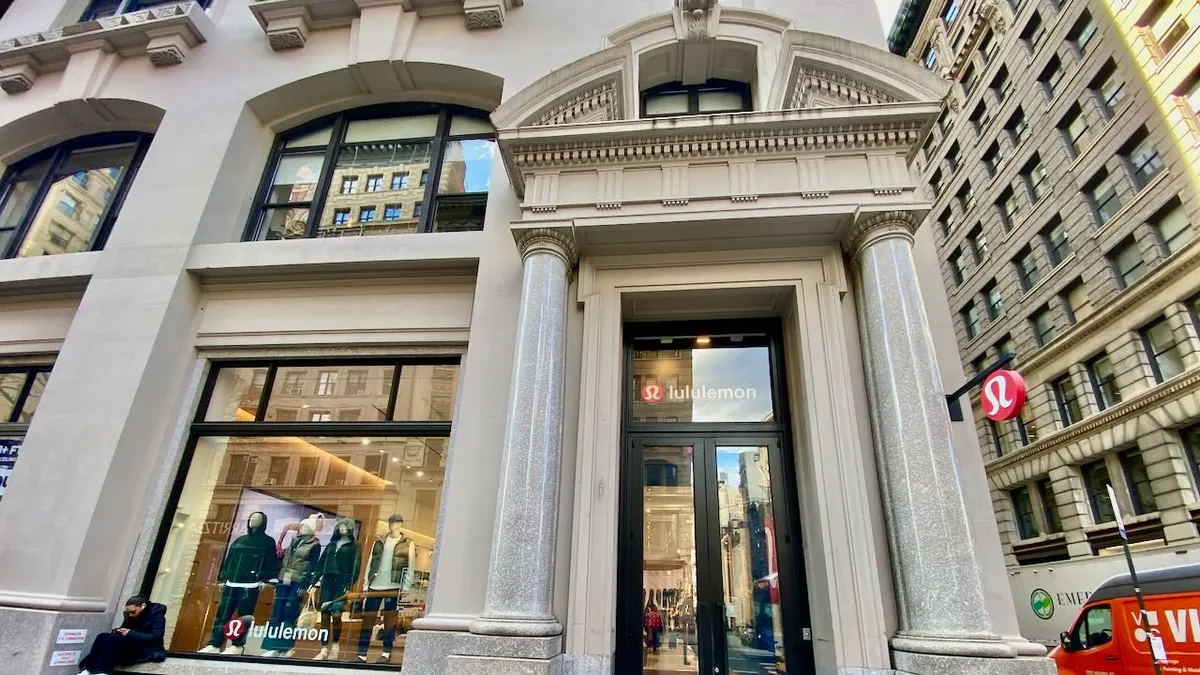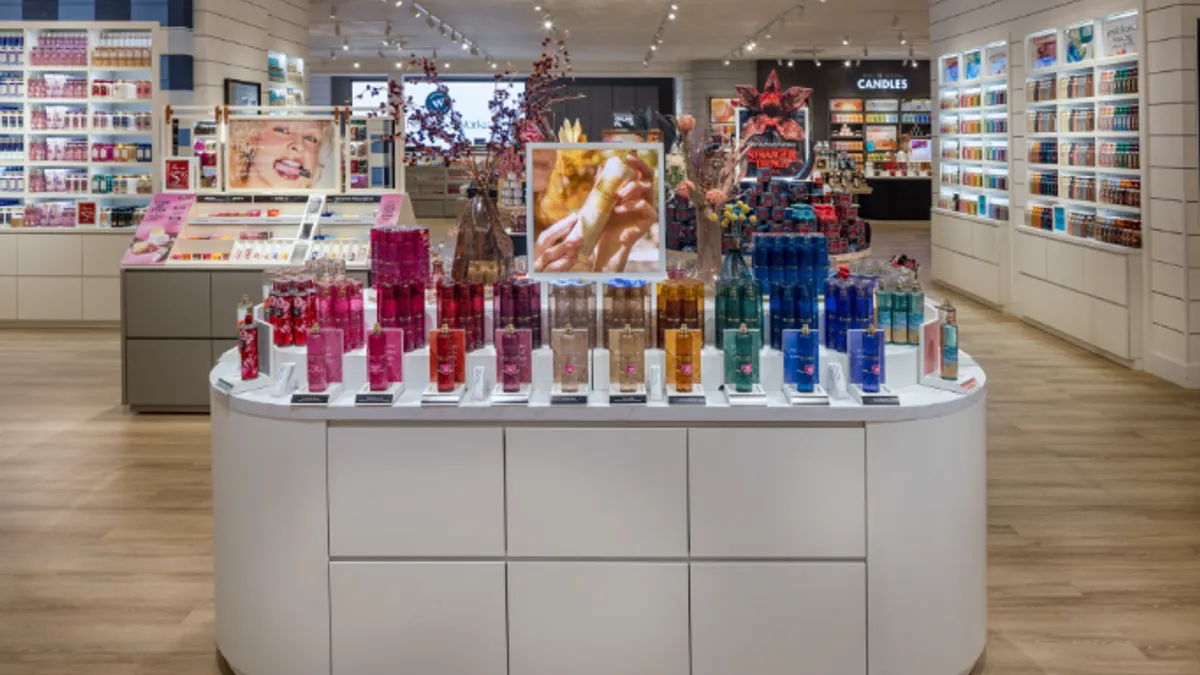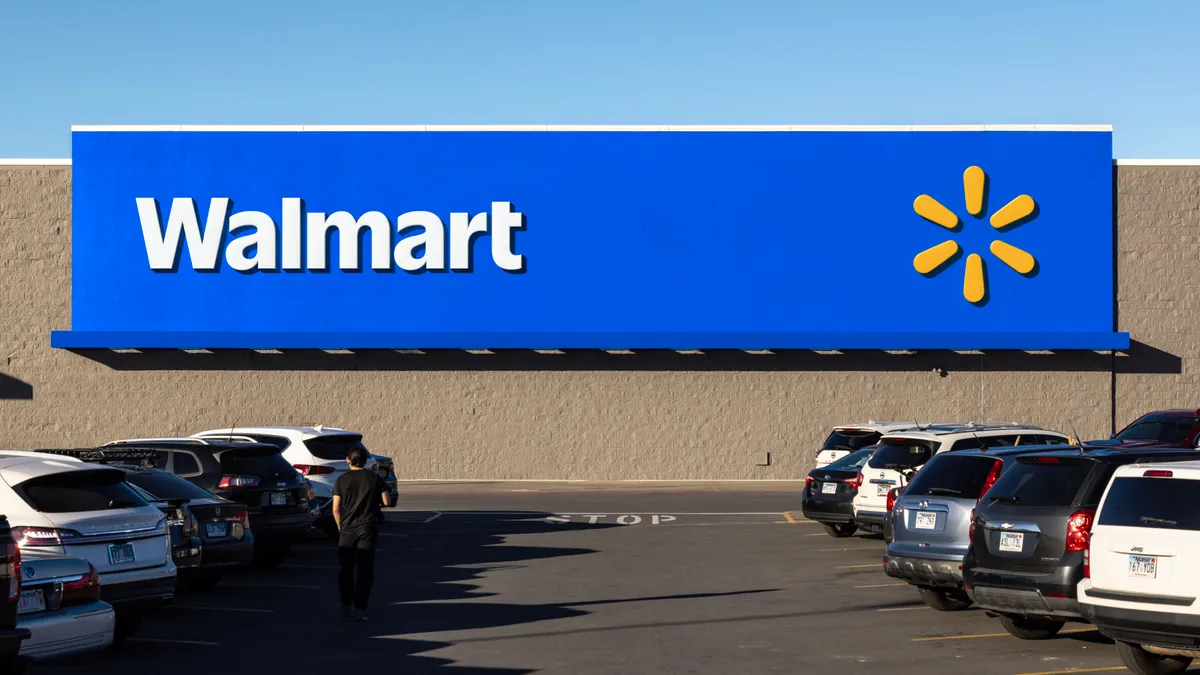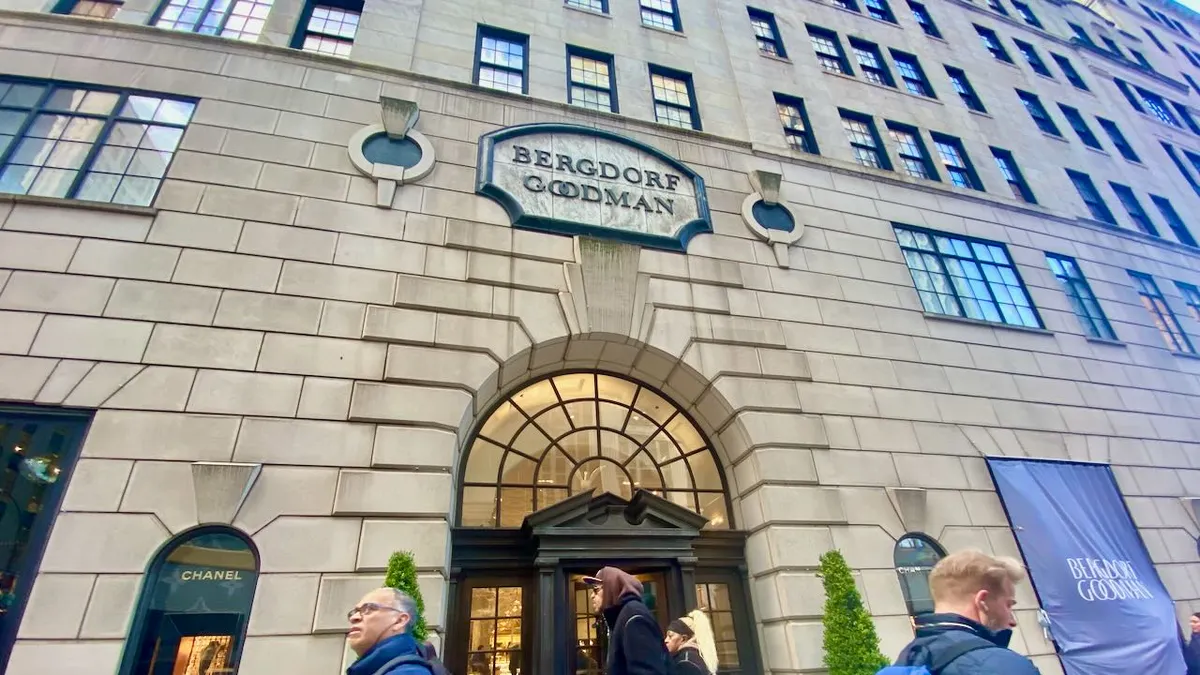Investors, developers and retailers are taking a fresh look at B malls, especially those in areas with little competition. One thing that hasn’t changed much about these lower-traffic shopping centers — along with their flooring, layout and signage — is the challenge of running a store in them.
“Get the hell out of there. Leave. Being in a B mall is not an optimal situation, just to begin with,” Lee Peterson, executive vice president of thought leadership at WD Partners, said by phone. “But if you're going to be there, there are certain thought processes that go into the A-plus stores that still need to go into those B stores.”
This flows from Peterson’s notion that every store is a flagship.
The idea is to maintain the brand's vibe and meet customer expectations on a smaller scale and usually with fewer resources.
Every store is (not) a flagship
Above all, Peterson said, every location — whether in the Flatiron District in Manhattan or a B mall in Lincoln, Nebraska — needs top-notch employees. This requires incentive, and it’s not a coincidence that the most beloved retailers, including Wegmans, Costco and Ikea, pay the best, he said.
“The importance of associates in any store, and especially a store in a mall that could be struggling a little bit, is paramount,” he said. “It's No. 1. When a customer does go there — which they don't do as much as they used to — and there's an associate in there that really knows what they're talking about, who is friendly, who remembers your name, who’ll do anything for you, those types of things create a loyalty that is often missing from a B mall.”
Hiring, like merchandising, should be localized and personal, according to Peterson.
“If associates is the No. 1 reason people go back to stores, then there's a lot of work to be done in B stores,” he said. “And I can almost guarantee you that the way headquarters and now AI is analyzing resumes is a huge mistake.”
Merchandising the store requires thought, too, in order to maximize the sales potential and maintain the brand’s vibe.
“If a retailer puts certain flagship items in flagship stores and not in your B store, what do you think is going to happen?” Peterson said. “That B store is going to fail.”
Still, while starting with a flagship mentality can be effective, a B mall store is likely to do better with less space and a smaller assortment, according to Peterson and Jeff Sward, founding partner at Merchandising Metrics. In some cases, it may be wise to shrink the space and assortment from what it has been, they said.
“Any retailer in a B mall wants to think in terms of the best possible brand storytelling, without succumbing to the exuberance of thinking it's an A store,” Sward said by video conference. “You've just got to make the math work in terms of the investment — in fixturing and visual merchandising and inventory — and buy accordingly so that it sells through and you make a buck at the end of the year. It’s about telling the brand story as robustly as possible without tipping over into over-sorting and over-buying.”
This is a balancing act that requires not just data but also occasional store visits, he said.
“There are no secrets there,” he said. “The retailer’s got to analyze the data through the eyes of the customer. That's why store visits are so critically important for everybody.”
The idiosyncracy of location
Where a store resides in a B mall also matters, experts say.
Considerations for anchors and in-line differ, for example, according to Bryn Feller, managing director and senior vice president at commercial real estate firm Northmarq.
Box stores that have taken over space once filled by department store anchors thrive “with a low-capex, value-oriented model that fits the trade area and embraces alternative access points,” she said by email, citing Burlington, Ross and T.J. Maxx/HomeGoods as examples.
“The tenants who right-size their economics, embrace the community, and collaborate with ownership are the ones who carve out sustainable success.”

Bryn Feller
Managing Director & SVP, Northmarq
“They’ve been able to step into carved-up department space, keep the build simple, and connect to exterior entrances,” she said. “Fitness users like Planet Fitness and entertainment concepts like Round1 or Cinemark have also been very successful at stabilizing B malls because they create a dependable traffic engine.”
Meanwhile, successful in-line stores “are those that build a habit loop with the customer, giving them reasons to come back regularly beyond passive walk-by traffic,” according to Feller.
Both need a good partnership with the landlord, she said.
“Successful tenants in B malls are the ones that proactively engage with mall management, share traffic and sales data, and adjust to where the center is going,” she said. “That’s often on the store manager and district leadership, it can’t all be done from the corporate office. In B malls especially, being plugged into what the landlord is trying to reposition the property into is critical.”
Those stores also remain dependent on anchors no matter how the mall is rated, according to Sward. In one mall with a long-empty Sears store, nearby specialty retailers saw traffic and sales pick up meaningfully after Primark took over the space, he said.
“If you're in an A mall, tucked in the most remote corner where you don't get much foot traffic, it might be a B store, just because of the location in the mall,” Sward said. “That's the idiosyncrasy of location.”
Retailers must appreciate such variables and remain realistic about any shopping centers’ prospects, but particularly at B malls.
“The tenants who right-size their economics, embrace the community, and collaborate with ownership are the ones who carve out sustainable success,” Feller said. “At the end of the day, retailers succeed in B malls by leaning into what the mall is, not what they wish it were.”



